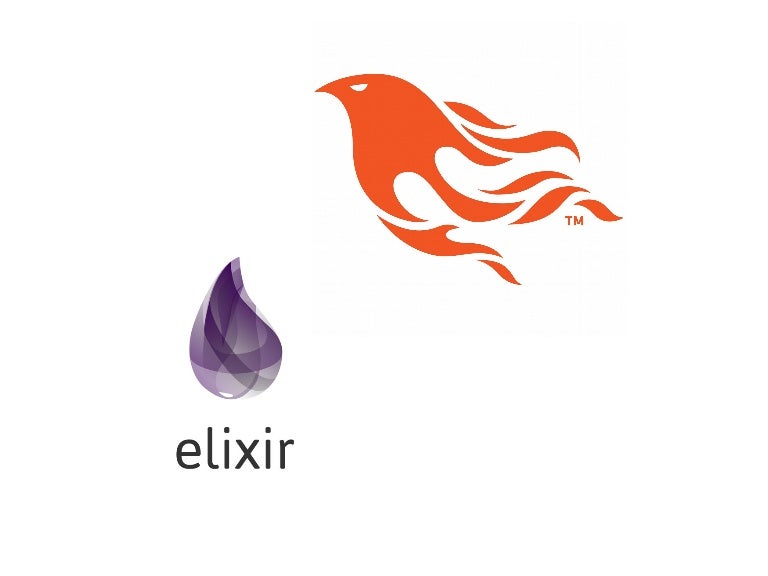

All this is executed locally for the user in the dom. We use a dom selector to target the element with id menu and toggle it. The magic here happens in the JS.toggle call in the toggle_menu function. Furthermore, it is assumed that we have created a function component that can render a menu item given some meta data. In Liveview 0.17, however, we can invoke functions directly from our module. Earlier you would use this when you would send events back to the server to do logic and return data. Something to notice here, is that phx-click is an annotation which tells phoenix that this is special.
#Elixir phoenix components how to
As an example, below I will show how to create a toggle menu in elixir as a component. There are, however, plenty of solutions to this. Most noticeably, interacting with the DOM through JavaScript will be difficult. Since most of the work is done server-side, there are some things that will be hard to do.

In Phoenix liveview, there are things you need to know. These kind of functions can then be used for creating parts of a larger UI. They are terse, self-explanatory and contained.
#Elixir phoenix components full
To get the correct full path ("_build/prod/rel."), use:įinally, for the new navigation to work, you need to remove the port (ie 80) from the hard-coded locations " fullscreen mode Exit fullscreen mode Surface is an experimental library built on top of Phoenix LiveView and its new LiveComponent API that aims to provide a more declarative way to express and use components in Phoenix. We also need to define the location of the React app in the release. setup the database, you can follow the blog and "psql" into the Postgres container or add an "init.db" with a mount bind to Postgres' "/docker-entrypoint-initdb.d/init.sh" file.The keys below should be passed as ARG to the second stage of the Dockerfile and set in an ".env" file for the Dockerfile ICYMI: Spotifys devs utilize the benefits of Elixir, specifically Phoenix LiveView to run a. The attributes changes are send to the client via LiveView websocket, and the component updates his own DOM by itself. We can use a boilerplate for an Alpine (almost) production ready image from this author. Custom JS is limited to the web components : from Phoenix point of view, I just pass values to them via their attributes.

Postgres (alpine - 207MB) and Caddy (44MB) already use a built image. Note that only url: needs to set/kept in "". We can remove the WS ref here when you change the WS uri in the constructor to :80 A famous example of applications using such real-time. page_path ( conn, :index )) |> halt () end endĮnter fullscreen mode Exit fullscreen mode Elixir/OTP is a really good platform whenever you want to build backend systems with real-time features, thanks to the Erlang VM foundations. has_key? ( get_session ( conn ), "user_token" ) do true -> % " ) |> redirect ( to: Routes. Use PhoenixReactWeb, :controller "./priv/static/react/" " React \n " defp read_line (, token ), do : token defp read_line ( curr, _ ), do : curr def index ( conn, _params ) do case Map. We also added another counter to experiment WS: the sum of the total number of clicks from any user this counter will be managed by Phoenix with a GenServer who broadcasts back to the SPA through a channel to get realtime updates. The main component is a simple counter (from the Vite/React boilerplate). From this page, you can navigate to the SPA. We use a React/ Vite boilerplate and add a Github login - borrowed from dwyl - to the landing page. The idea here is to experiment Phoenix rendering React. adapt the documentation to pass signed tokens from Phoenix to React to authenticate the WS.use the channel topic to communicate between a GenServer and a channel,.It means the internal states of the React components are lost, thus any meaningful state must be kept in the Phoenix app. The transition back and forth from SPA to SSR is a full page reload. This kind of app can benefit from using a reverse proxy to serve the SPA (or a CDN). This package gives you Elixir functions to drop Heroicons into your HTML, styled with arbitrary classes. The SPA may communicate with the Elixir/Phoenix app through authenticated WSS or HTTP requests. Then we want navigate back and forth to a fully functional and authenticated SPA (which can be anything, even with Javascript for native mobile rendering). We want Phoenix to serve the landing page, thus provide a fast and SEO meaningful page. We are interested in running a React SPA as part of a Phoenix app. React components are added easily to any Phoenix page or LiveView component with so-called hooks in the LiveSocket object.


 0 kommentar(er)
0 kommentar(er)
